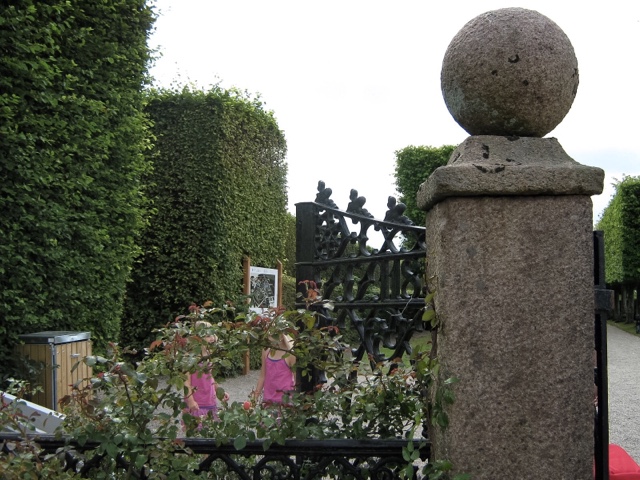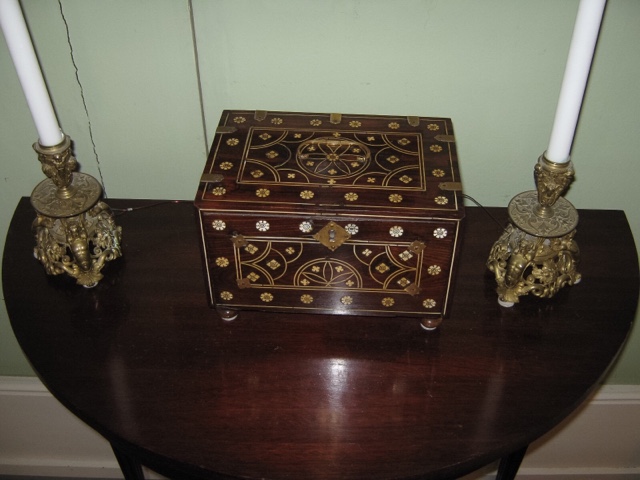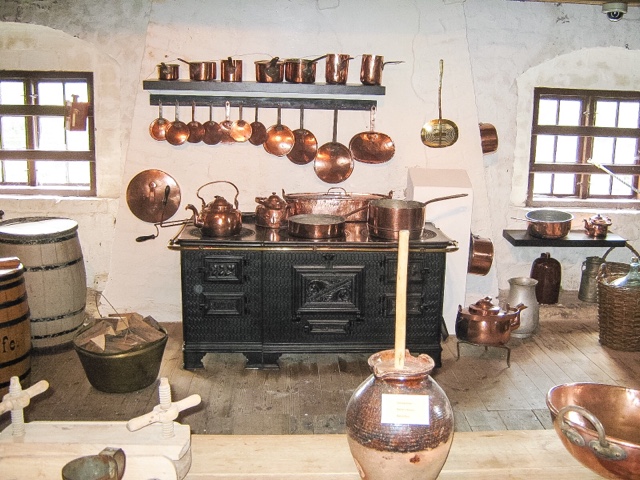Standing on a rocky promontory on the San Mateo coastline in California is one of the tallest and most picturesque lighthouses in the United States. In 1853, a clipper ship called the SS Carrier Pigeon was wrecked on the coast. The ship was 175ft long and 43ft wide, with a gilded pigeon as its figurehead. Having left Maine for San Francisco on her maiden voyage, the Carrier Pigeon was carrying general merchandise. The ship was shrouded in a frequent summer fog as it approached the coast. The fog, caused by a cool Californian current and an up-swelling of cold sub-surface water, caused the captain of the Carrier Pigeon, Azariah Doane, to believe the ship was further from the shore than it was. The ship was wrecked on the rocks, and the area near the wreck became known as Pigeon Point.
Ten years after the wreck of the Carrier Pigeon, Loren Coburn purchased Pigeon Point. Coburn, who was one of the richest men in San Mateo County, had grown up in Vermont. He became a business man, and married his first wife, Mary Antoinette Upton, in the mid 1850s. A year after they were married they had their son, Wallace Coburn. The family moved from San Francisco and settled in Pescadero.
After purchasing Pigeon Point, Coburn decided to lease the land for ten years to Horace Templeton, a San Mateo County Judge, Josiah P Aimes, a man who had built a successful loading ramp on the east coast, and Charles Goodall, the owner and manager of the Pacific Coast Steamline. The men who leased the land formed a company that became known as the "Company", and built a ramp on the land to float lumber between the Pacific Coast Lumber Mill and the coast. They also built a railway from the mouth of Gazos Creek to Pigeon Point. As their endeavours became more successful they added another ramp to the site. Coburn became disgruntled by the success of the Company, and tried to get his land back before the lease had finished, all to no avail.
Around 1868, the Federal Government decided to take a part of the leased property and build a lighthouse to help guide ships along the Pacific Coast of California, in particular those heading to San Francisco. Lumber was used from the nearby mill, and the Company transported the bricks for the construction of the lighthouse to the site. The original fresnel lense for the Pigeon Point Lighthouse was the largest size available, and consisted of 1008 glass prisms. Originally fuelled by lard oil, it was later converted to kerosene and, in the 1920s, a 1000-watt electric bulb was used. The district lampist, Thomas J Winship, organised the original lamp for the lighthouse and instructed the keepers in its use. On Friday, November 15, 1872, the lamp was lit for the first time as the sun set. In 1899, a fog signal was built using a steam-generated foghorn. The responsibility of running the light was given to the Revenue Cutter Service, a forerunner of the United States Coastguard. A Victorian "keepers' quarters" was built near the new lighthouse. A deck connecting the lighthouse and the cottage was constructed, as was a telegraph station.
In 1872, just as the ten-year lease was about to expire, the Company informed Loren Coburn that they would not be vacating the land. They were not prepared to forfeit their successful business, and recruited the help of a wealthy mining magnate, George Hearst. Despite being offered a huge amount of money, Coburn wouldn't sell, and the Company said they would not leave. In 1874, the State Supreme Court awarded Coburn possession, but the Company still refused to leave. Horace Templeton mysteriously fell from the cliffs and died in his home from his injuries, and rumours started to circulate that Coburn was responsible. Frustrated by the Company not leaving his land, Coburn hired help from San Francisco to forcibly remove the squatters.
The Company had hired a local man called Alexander "Scotty" Rae to oversee the works at Pigeon Point. Early one morning, a man entered the Pigeon Point Telegraph Station saying he wanted to send a telegram. The telegrapher, a John Kelly, was sending the telegram when another man entered the building. Suspicious, John Kelly asked the men to leave but, instead, they bashed him and pushed him from the building. Kelly went to fetch Rae. Armed, Rae headed towards the men, and they all raised their guns, firing simultaneously. In the ensuing gun battle, Rae was shot dead. Coburn and the men he had hired to evict the Company were arrested. The first trial was held three months later, ending in a hung jury. Several months later a second trial was held, and the result was the acquittal of Coburn and his men.
Coburn remarried after the death of his wife. His second marriage was to his wife's sister, Sarah Upton. In 1918, Loren Coburn died. In June 1919, the body of his wife, Sarah Upton Coburn, was found. The coroner concluded she had been murdered, and her death was the result of a large piece of wood striking her in the head. Loren Coburn's 63-year-old son, Wally, was found muttering around Sarah's corpse. He was institutionalised but never actually convicted of murder, so the case remains officially unsolved.
The Pigeon Point Lighthouse tower was closed in 2001 when brickwork collapsed, damaging the metal access walkways as it did. The foghorn had been disconnected in 1976; however, the lighthouse still serves as an active US Coastguard aid to navigation. The restored lighthouse keepers' cottage has served as a youth hostel for travellers since the 1960s.
With such a tumultuous history it's no wonder that there have been reports of paranormal activity at Pigeon Point. There have been reports of cries for help near the signal box. When fog shrouds the Pigeon Point Lighthouse, there have been numerous reports of a figure appearing beside the gallery rail at the top of the tower. The figure is purportedly a woman, and many believe it's the spirit of the murdered Sarah Upton Coburn.
When I saw the Pigeon Point Lighthouse it was an extremely stormy day. The seas were high and the wind was roaring, and the lighthouse stood like a calm beacon. It's a beautiful lighthouse, and the connected lighthouse keepers' cottage is very quaint. I have also experienced the strange fog that suddenly rolls in from the coast in that area, and it's quite unnerving as it curls and winds its thick tendrils across the sea to envelop the land.













































































